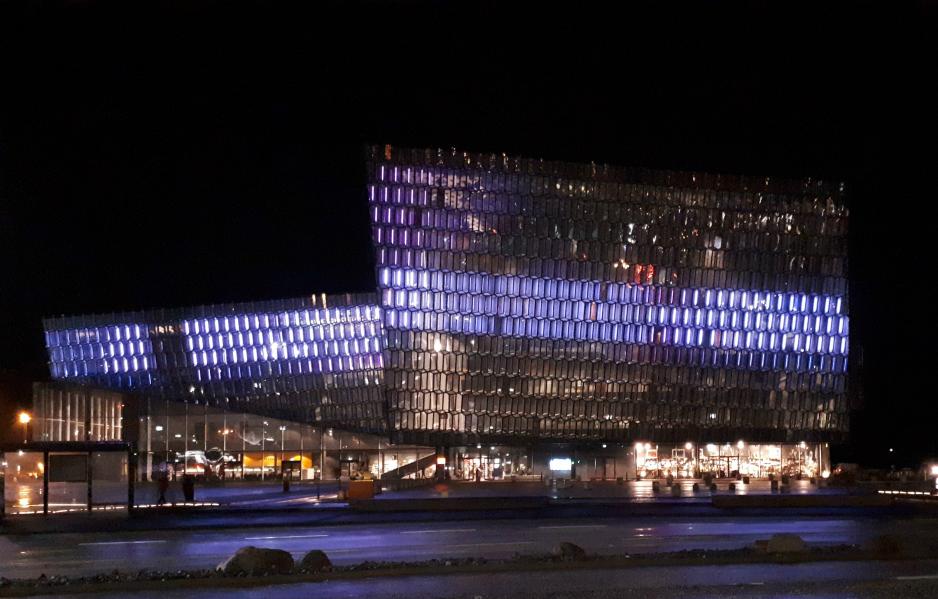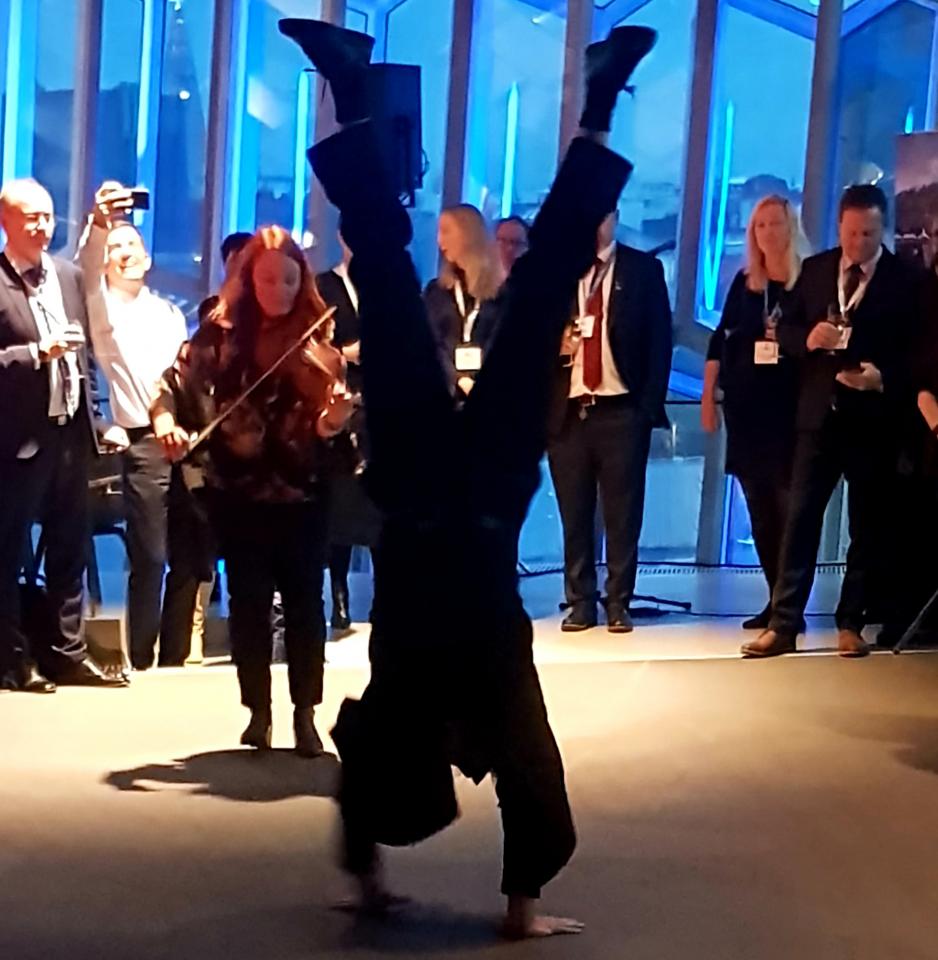Commentary: The Arctic Cartel

If you could lift the roof off the Harpa Concert House in Reykjavik, Iceland and look down at the meandering movement of humans between concert halls, lecture halls and meeting rooms during an October weekend, you would easily be led to believe that the Artic stretches from India to the Norwegian border. I am talking about the High North conference ‘the Arctic Circle’.
During the rest of the year, Harpa is the artistic home base of the Icelandic symphony orchestra and the opera. Its shape was provided amongst others by the artist Olafur Eliasson, providing the building with a more than eye-catching form and facade in steel and glass. It is a monumental centerpiece and symbol in an Icelandic capital that is back on its feet following the financial belly landing in 2008.
Iceland's financial crisis
The financial crisis led to delays in the building of the Harpa. For nearly a decade, traces of the economic blow lay as a crater outside the concert building. The plans about a five-star hotel were shelved following the digging of a large plot of land. Today, however, construction business is resumed and there will soon be even more hotel beds available for new guests in a city where the amount of tourists is so high that you barely need to lift your feet in order to move forward through the city’s beautiful high street, the Laugavegur.
At least when the wind is in your back.
On this October weekend, like any other, the wind has whipped visitors together into large herds. The wind, just like Iceland’s nature, takes our breath away when we face it head-on. The rain hits us horizontally thanks to fervent squalls, and the Atlantic Ocean – which surrounds Harpa on three sides – resembles a spring thaw flood.
So it has been safer to remain inside the glassed facade of the Harpa building. For one weekend of the year, in October, former president Olafur Ragnar Grimsson has created an impressive Arctic universe, the Arctic Circle.
That is well done on an island counting barely 340,000 inhabitants and where only the tip of an oversised islet situated 40 kilometres north of Iceland itself is the only place barely located beyond the Arctic Circle itself.
Grimsey is the name of the petite island that provides its geographical Arctic legitimacy. There are only 102 inhabitants on the island. That number times twenty, some two thousand people, visit Harpa every October to discuss an infinite number of issues related to Arctic life.
But where is Norway?
I am, in other words, far from being alone at Harpa. There are many of us prowling through the program with our admission badges around our necks, the program being so full of events that it perhaps resembles a festival rather than a political manifestation. An Arctic smorgasbord where the biggest ‘human guns’ are presented in formal sessions in the main hall. However, during the past few years, it is in fact the Breakout Sessions that have increased the most.
And this is where, in the program and on the stages, the Arctic is presented quite differently from how it was presented by then-Foreign Minister Jonas Gahr Støre of Norway in Tromsø in 2005. Back then, he painted a broad picture of Norway being at the wheel when High North policies were shaped.
In Reykjavik, the official Norway is not even riding shotgun.
That is how it goes every year.
Year in and year out, the official Norway is having a form of inofficial boycott of the Icelandic event, a strategy once selected in order to promote the Norwegian initiative ‘Arctic Frontiers’ in Tromsø. That in and of itself is a rather poor excuse, also because Arctic Frontiers rests firmly on its own two legs.
If you were to lift the rooftop off the Harpa this October weekend, you would find a series of events initiated by Norwegian academics, researchers, universities and interest groups.
But if you try to comprehend how the High North is put together, the official Norwegian absence is the most prominent feature.
"All" nations are there, be they Arctic states or countries or international organisations having a stake in the Arctic. I don’t believe, of course, that the USA or even China or Japan or the EU spend much time speculating about where Norway is or what our stand is on High North policies. Of course we have other channels through which we promote our interest, such as the Arctic Economic Council and the Arctic Council.
The Cartel from Northern Norway
However, Norway would benefit from being visible in an arena where researchers, universities, interest organisations and politicians meet by the thousands.
Our boycott does not hit the Arctic Circle.
One of the coolest acts was provided by the North Norwegian dance company "The Cartel". The Arctic Arts Festival located in Harstad, Norway had brought them to Iceland as a part of the "Internationalisation of Scenic Art from the Arctic" project. At a reception organised by the Norwegian embassy in Iceland, a selection of guests got to see one of the best acts currently on offer in Northern Norway.
In the Arctic cartel on Iceland, Norway is barely visible.
The only victim suffering from the boycott, is ourself.

